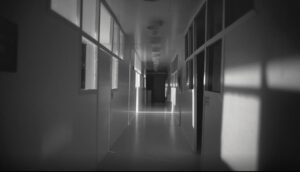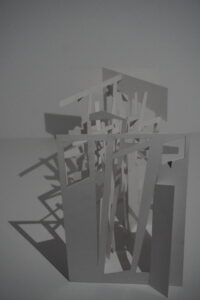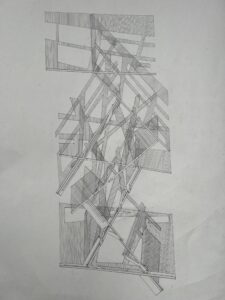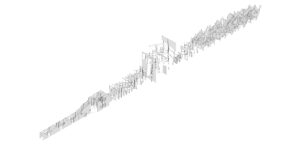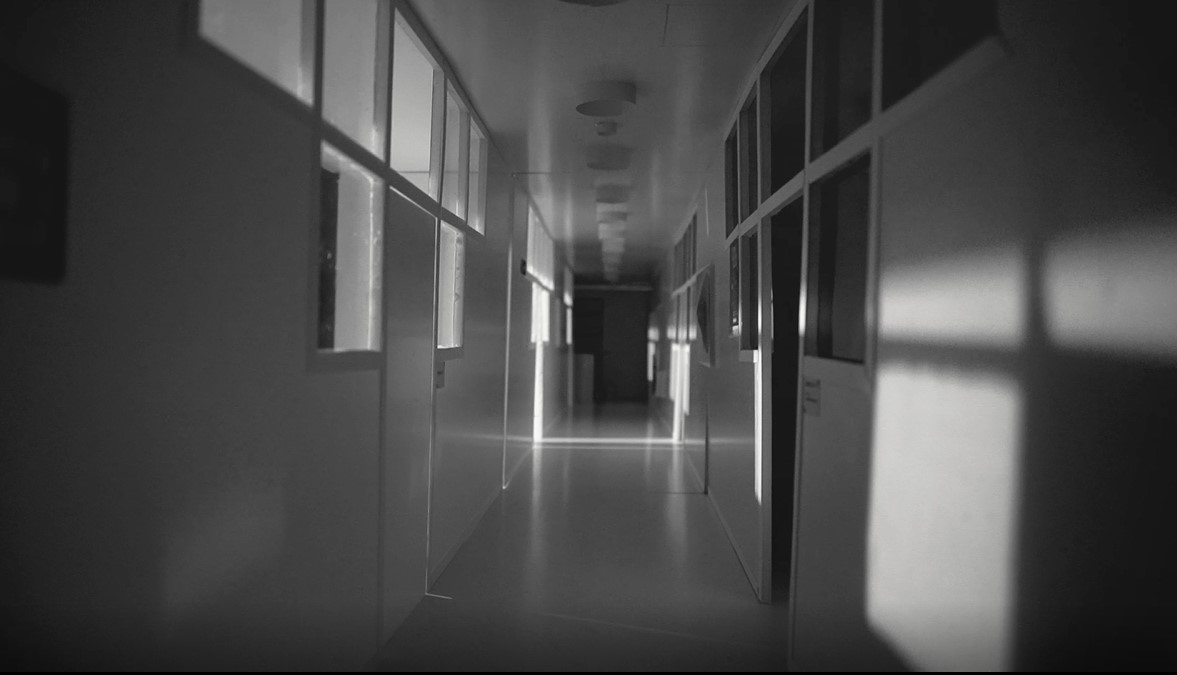[Going down the corridor from reality to dream, getting more and more immersed]
People’s life and work will have a numb mechanical part, just like the space that people experience in daily work, it is often a pale and monotonous corridor. How can architecture make users’ lives more colorful? My answer is more interaction, which makes people more immersed in the rich physical and light and shadow space.
So the origin of my design is to reproduce a 20-meter-long office corridor that I use almost every day in my daily life, and then I extract the elements of doors and windows to design another 20-meter-long section with morearchitectural space experience. Corridors, such as different space proportions, rich interactive spaces, and even furniture. The flow of shadows on the wall, colliding with people’s walking, produces a kind of dizzy beauty, like in a dream, where the illusory shadows in the dream condense into solid with every second change, forming a wall.
The walls are staggered to form a new corridor, and the shadows dance more violently. Walking in the entity of the shadows and the shadows of the shadows, we are completely immersed, forgetting the scale of reality, and the space is changing from big to small. The shadow of the shadow continues to freeze over time. In this space that is not connected to the entity but is generated, we continue to walk, becoming more and more immersed, completely forgetting the boring and meaningless part of the real space and life.
